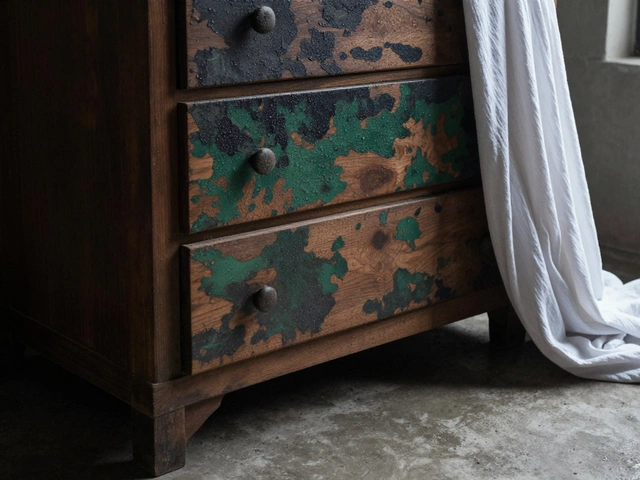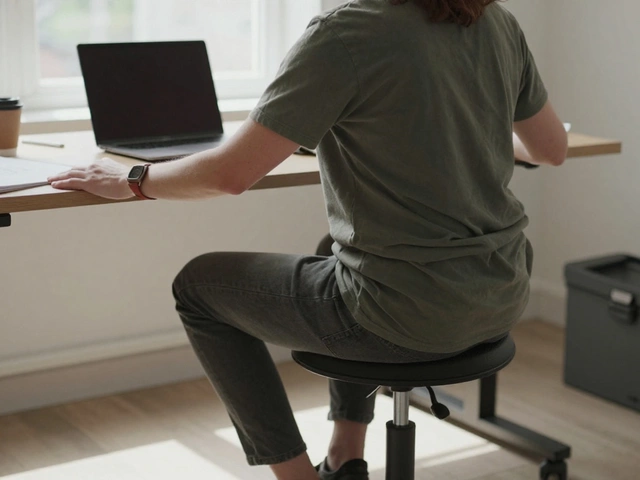Drying Cushions: Simple Steps to Keep Your Sofa Fresh
Got a wet cushion on your couch and wondering how to fix it fast? Damp cushions can cause smells, mold, and an uncomfortable seat. The good news is you don’t need a professional cleaning service for most situations. With a few everyday tools you can dry your cushions safely and get your sofa back to normal in a day.
Why Proper Drying Matters
If a cushion stays moist for too long, it becomes a breeding ground for mold and bacteria. Those tiny spores not only smell bad, they can trigger allergies and make the fabric break down faster. You’ll also notice the cushion sagging or losing its shape when the filling stays damp. So drying isn’t just about comfort – it protects the life of your furniture.
Best Ways to Dry Your Cushions
1. Blot, don’t rub. Use clean towels or paper towels to press out excess water right after the spill. Press firmly, swap the towel when it gets wet, and repeat until you’ve removed as much moisture as possible.
2. Air circulation works wonders. Place the cushion in a well‑ventilated room. Open windows, turn on a fan, or set a floor fan to blow across the cushion. Air moving around the cushion speeds up evaporation and reduces humidity around it.
3. Sunlight is a natural dryer. If the weather’s nice, lay the cushion outside in direct sunshine for a few hours. UV rays help kill mold spores, and the warmth evaporates water quickly. Just be sure the fabric isn’t prone to fading before you leave it out.
4. Use a hair dryer on low heat. Point a hair dryer a few inches away and move it constantly to avoid overheating one spot. This method is handy for small, stubbornly damp areas, but don’t rely on it for thick cushions.
5. The tumble dryer trick. If the cushion cover is removable and machine‑washable, pop the cover in the dryer on a low‑heat or air‑only cycle. For the cushion itself, place it in a mesh laundry bag and tumble on a gentle, low‑heat setting for 10‑15 minutes. Check frequently to avoid overheating the foam.
6. Skipping the heat? Use silica gel packets. Scatter a few packets in a sealed container with the cushion. Silica gel absorbs moisture without heat, making it a safe option for delicate fabrics.
After you’ve dried the cushion, give it a quick once‑over with a vacuum to lift any residual dust. Let it sit for another hour in the breezy spot to make sure every part is completely dry before you put it back on the sofa.
Keep these habits in mind to avoid future damp problems: use slipcovers in rainy seasons, clean spills immediately, and rotate cushions every few weeks so the filling stays even. A little routine care goes a long way toward a fresh‑looking, mold‑free couch.
Now you’ve got the tools to handle wet cushions without panic. Next time a spill happens, you’ll know exactly what to do to dry it fast, keep the odor away, and extend the life of your favorite sofa.
How to Protect Outdoor Cushions from Rain: Storage, Drying, and Care Tips
Wondering what to do with outdoor cushions when it rains? Get practical tips on storing, drying, and protecting your outdoor cushions so they last longer.





